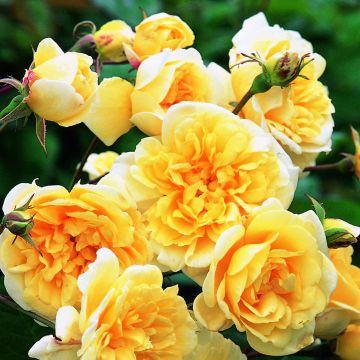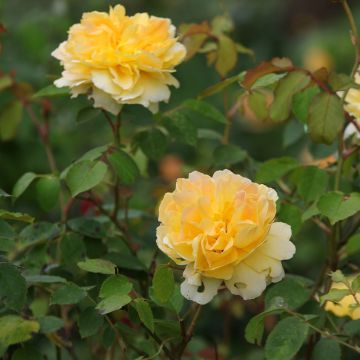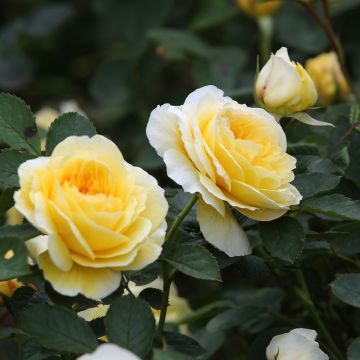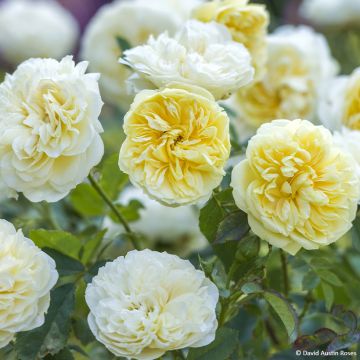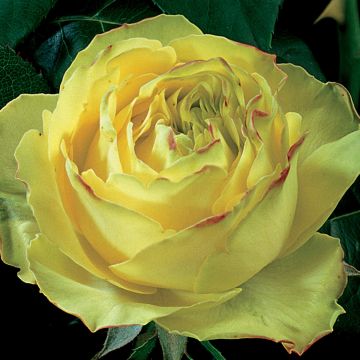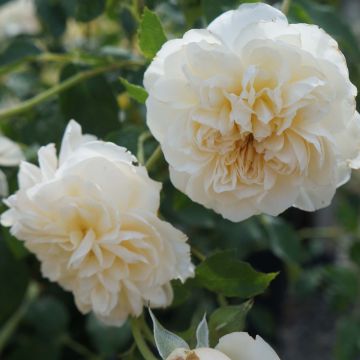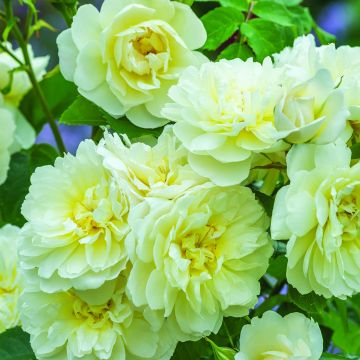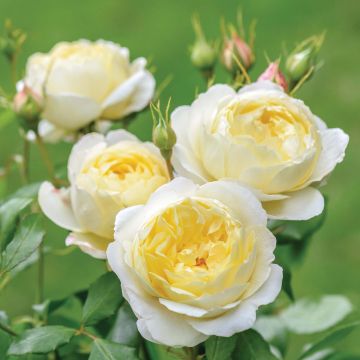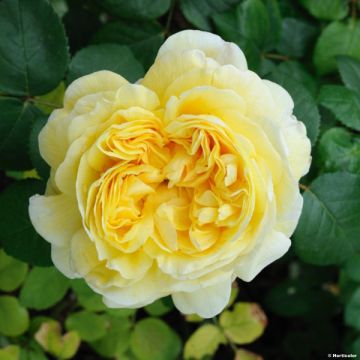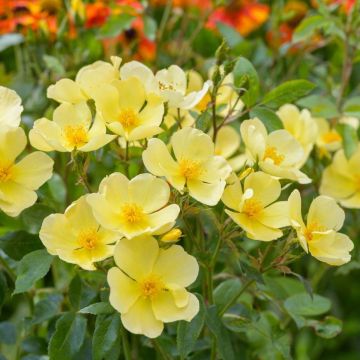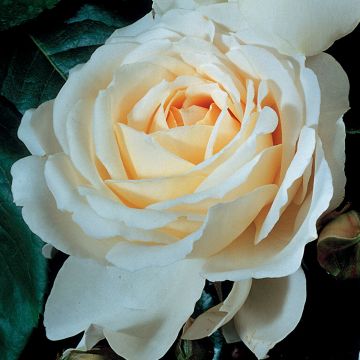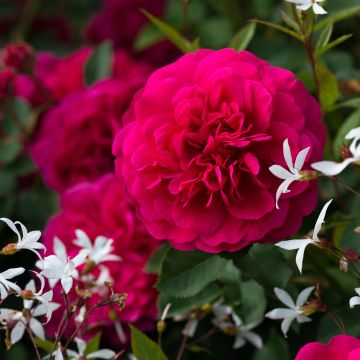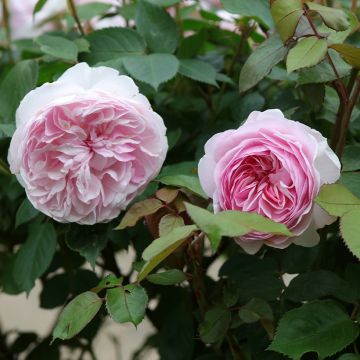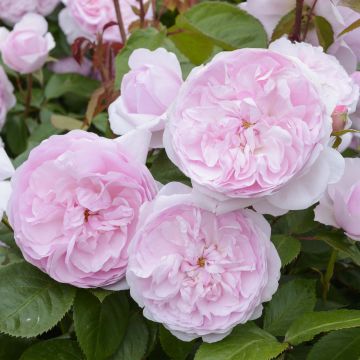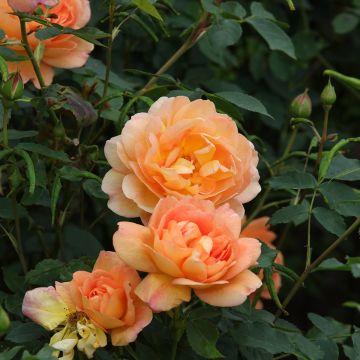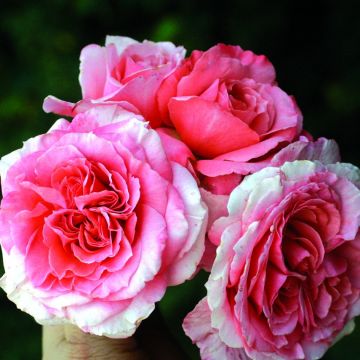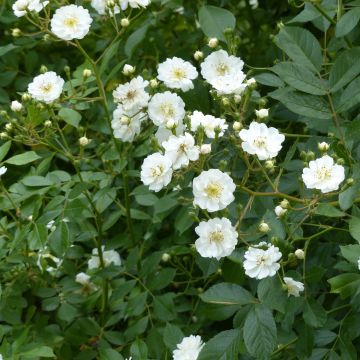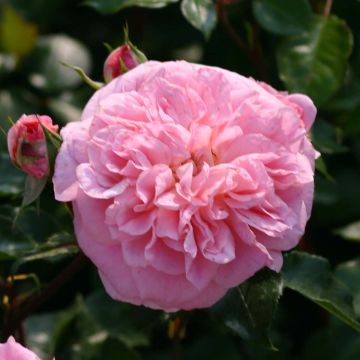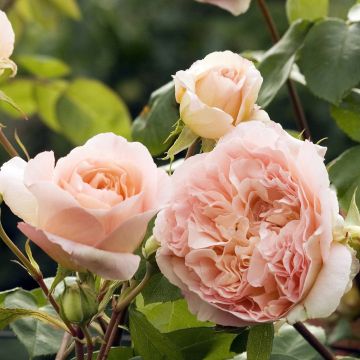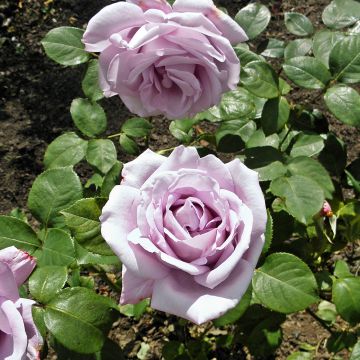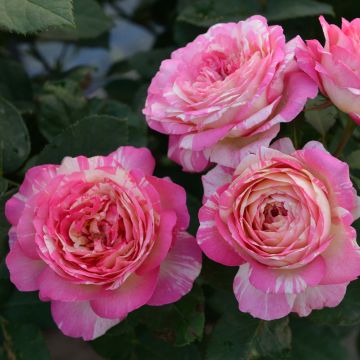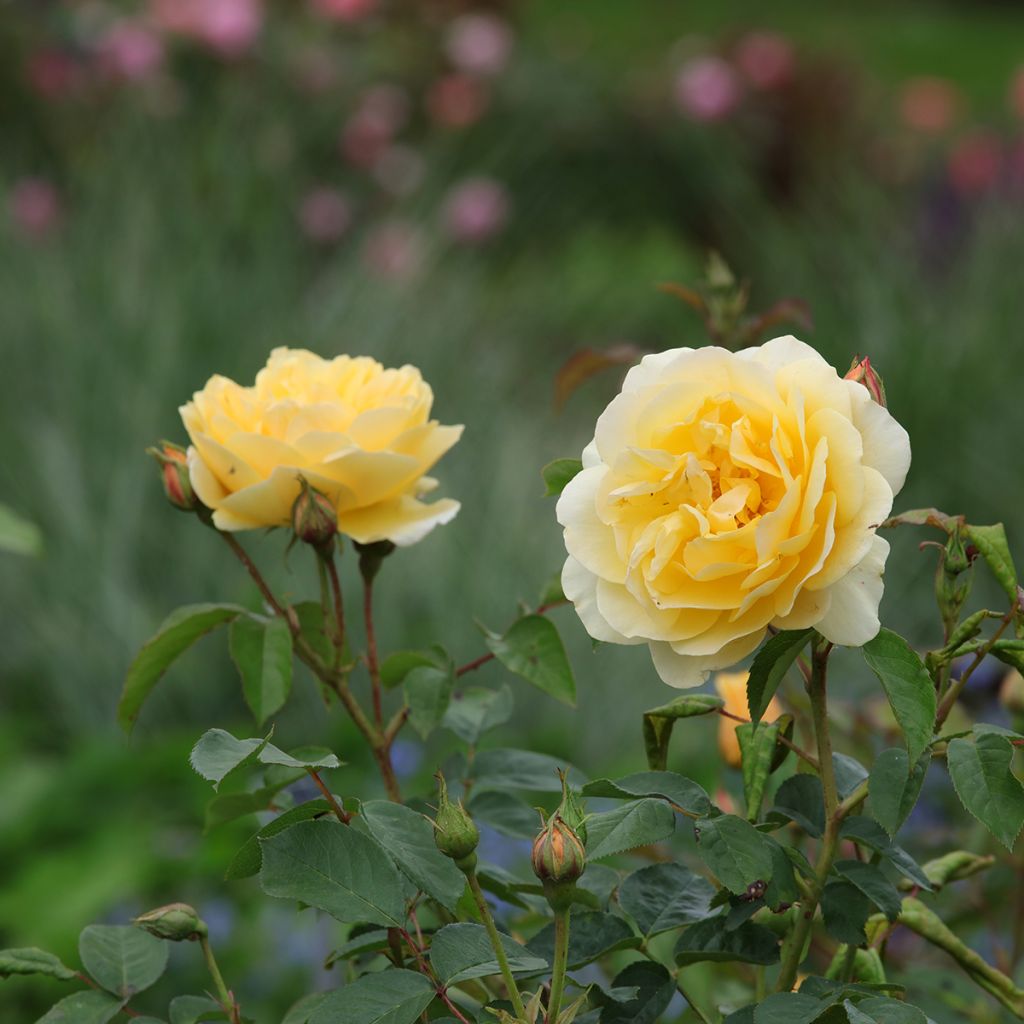

Rosa Graham Thomas - English Shrub Rose
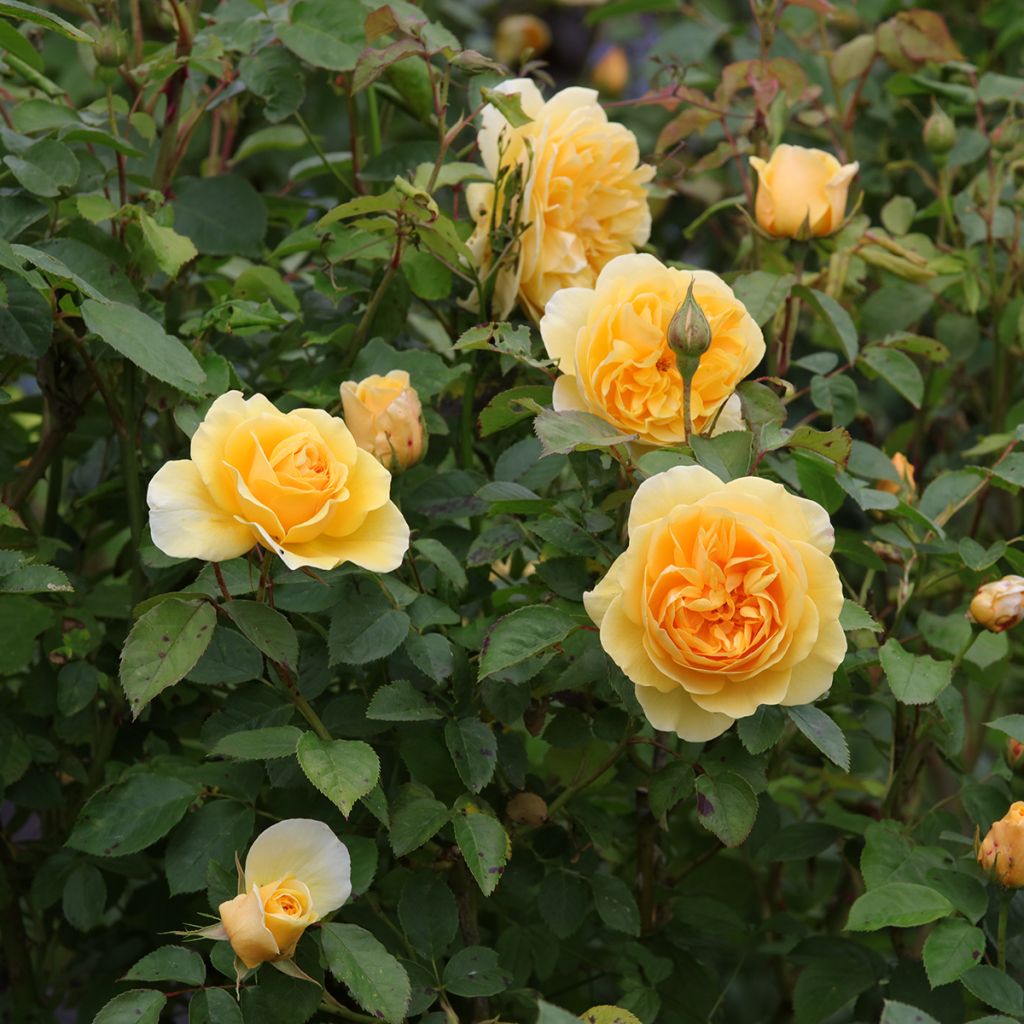

Rosa Graham Thomas - English Shrub Rose
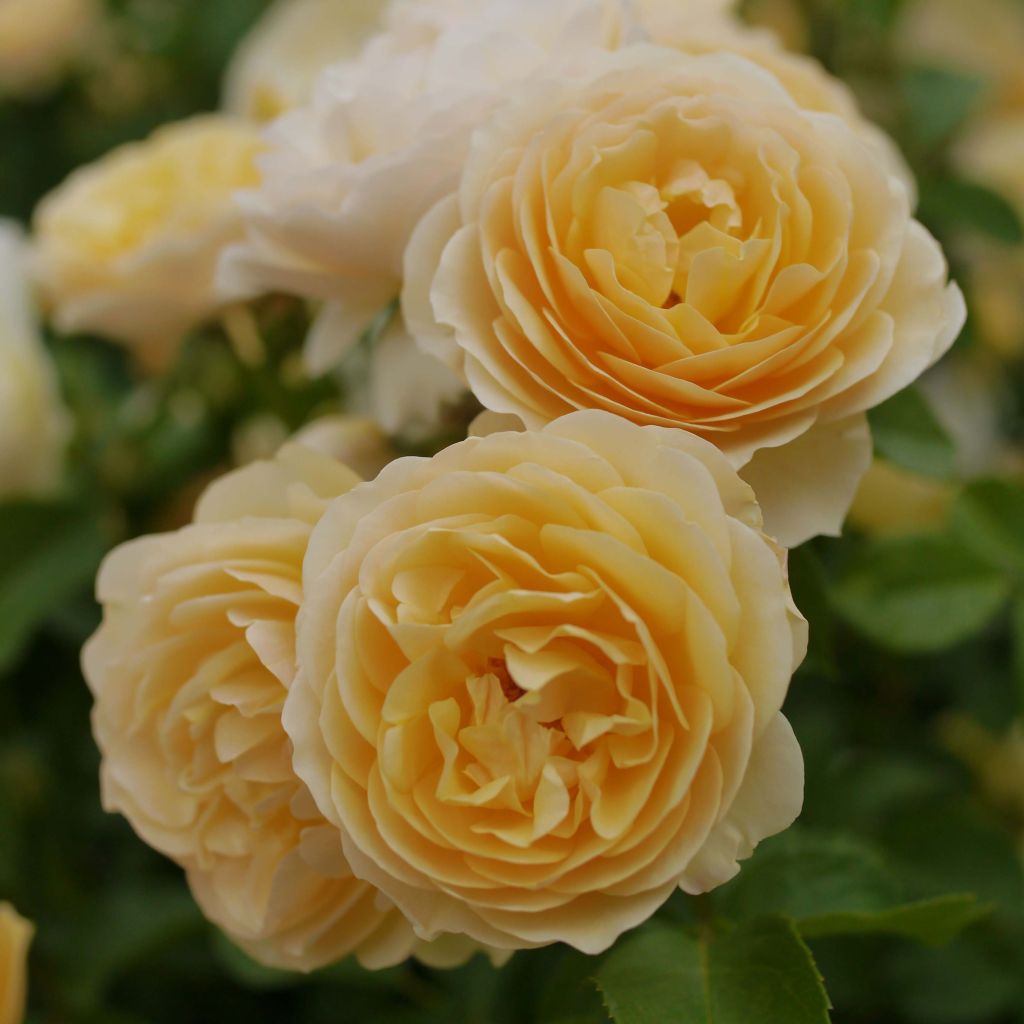

Rosa Graham Thomas - English Shrub Rose
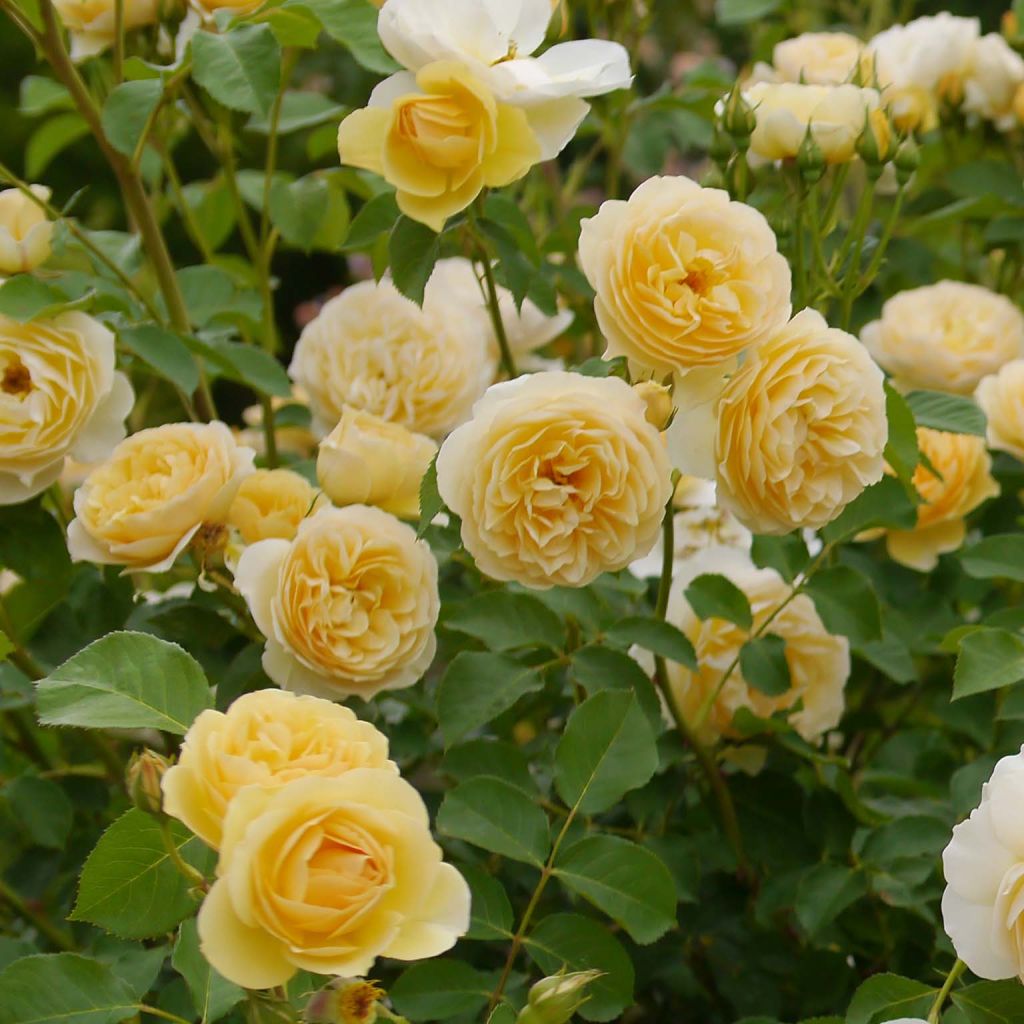

Rosa Graham Thomas - English Shrub Rose
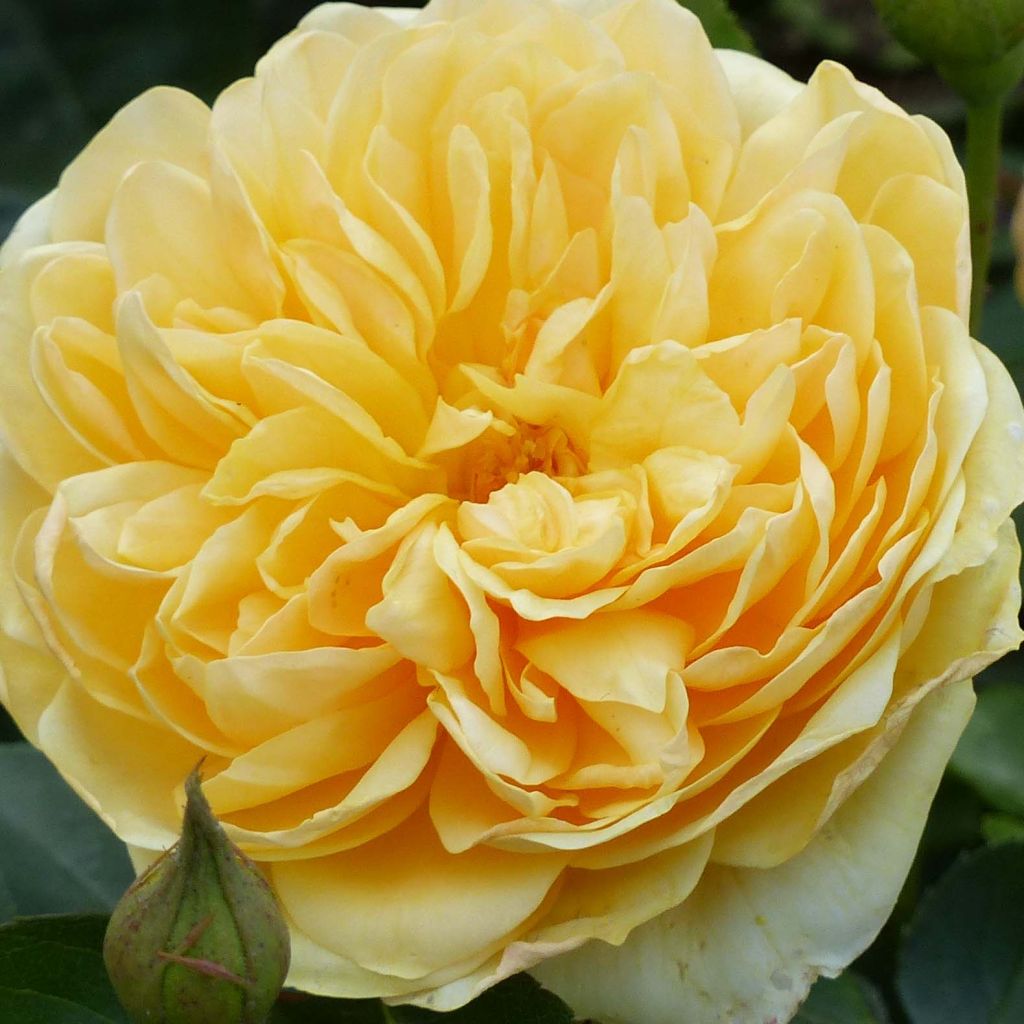

Rosa Graham Thomas - English Shrub Rose
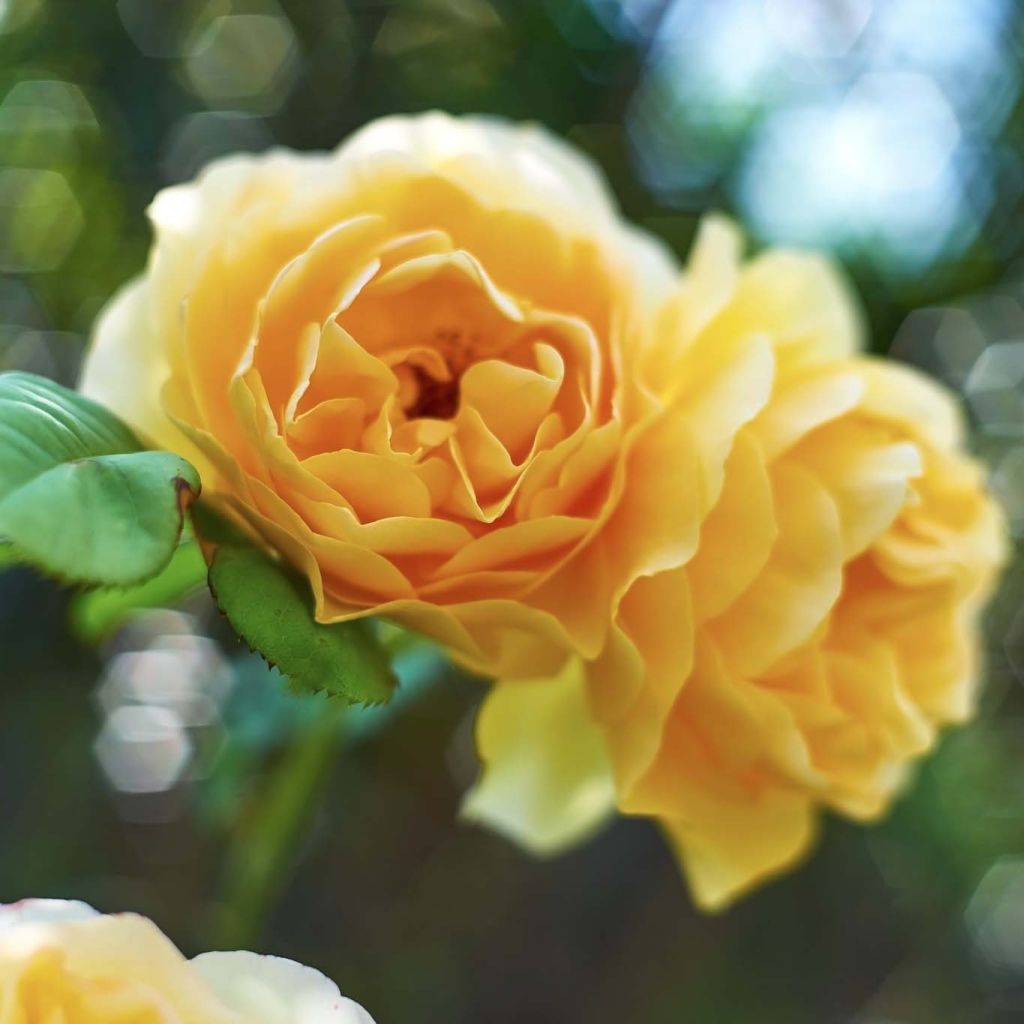

Rosa Graham Thomas - English Shrub Rose
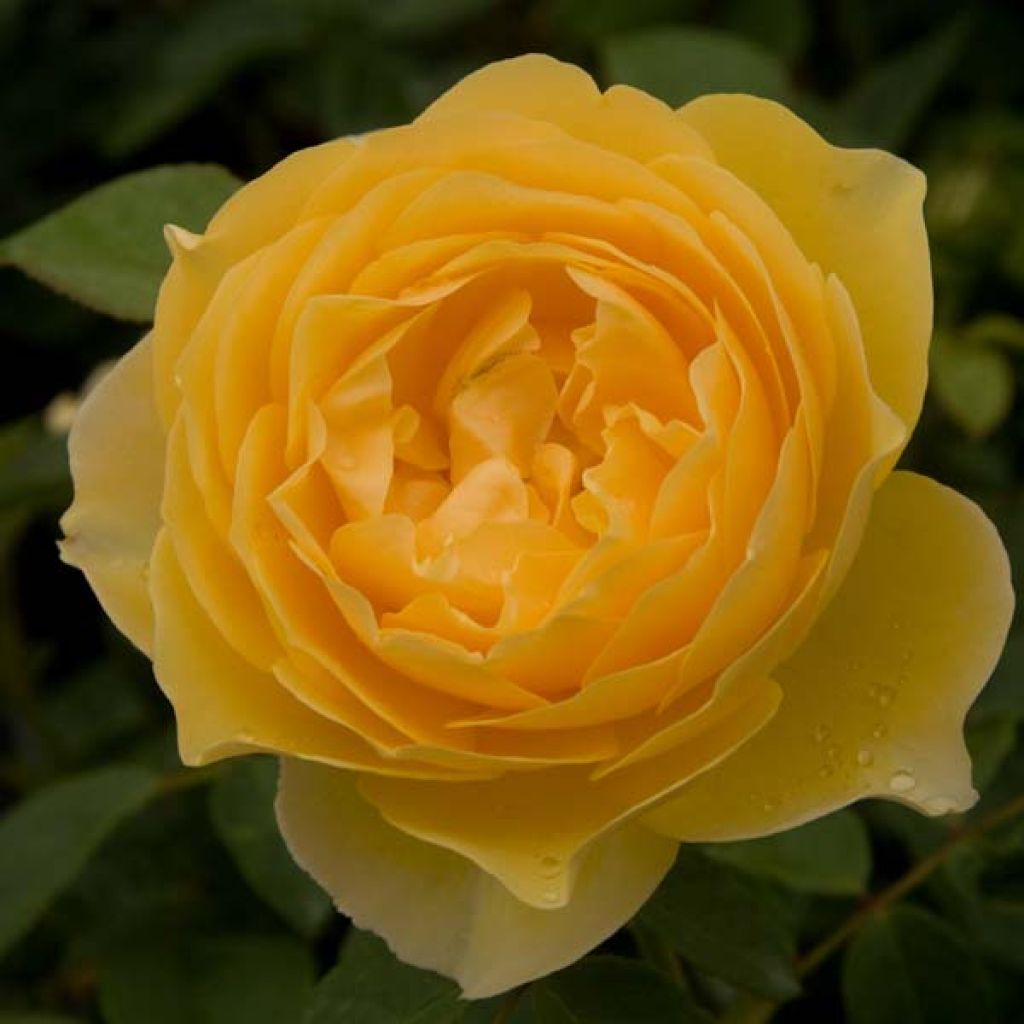

Rosa Graham Thomas - English Shrub Rose
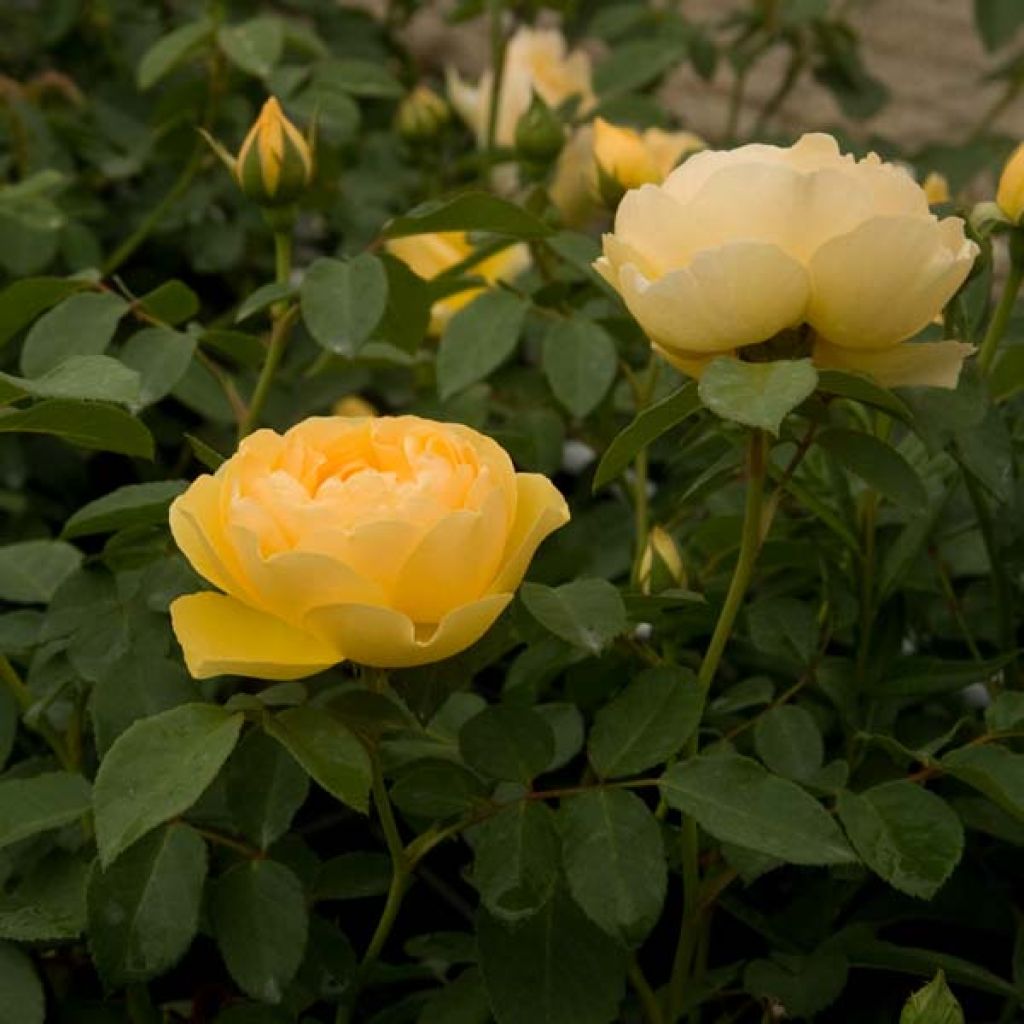

Rosa Graham Thomas - English Shrub Rose
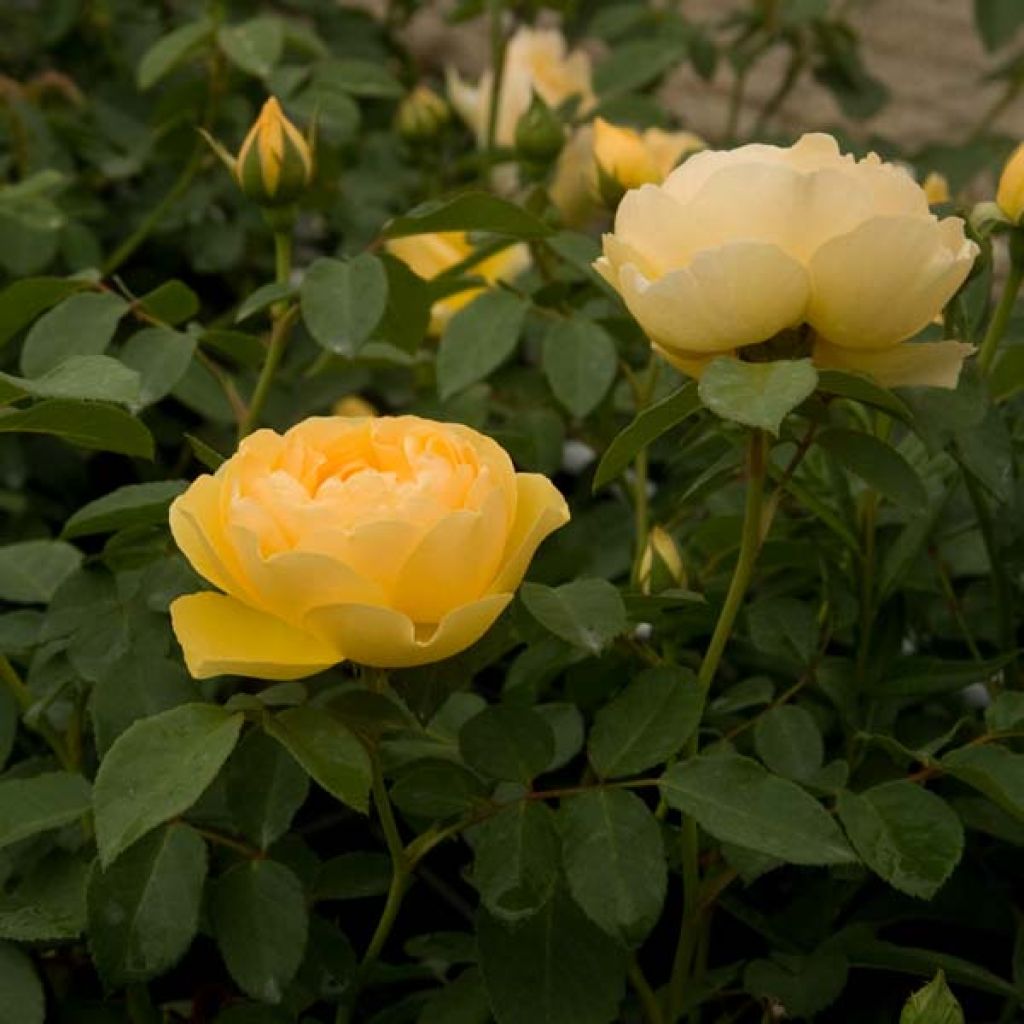

Rosa Graham Thomas - English Shrub Rose
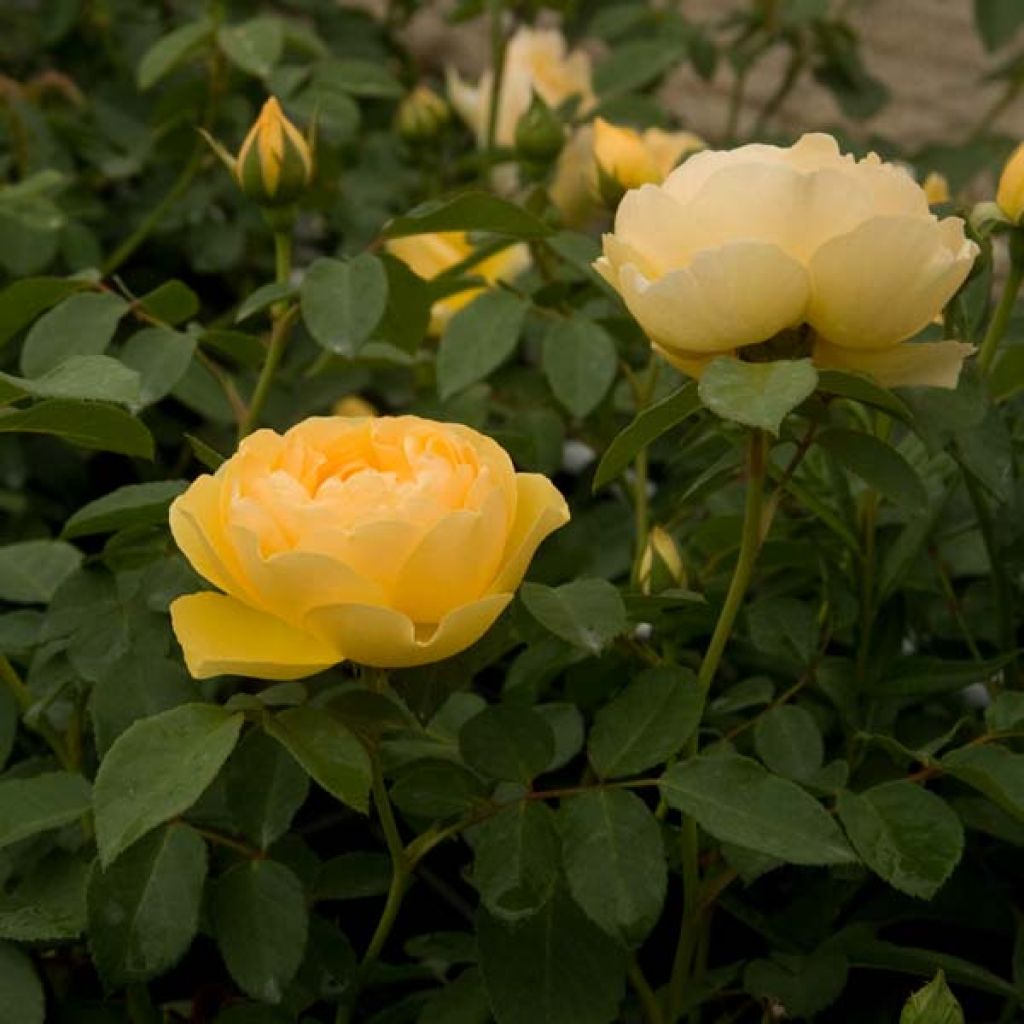

Rosa Graham Thomas - English Shrub Rose
Rosa Graham Thomas - English Shrub Rose
Rosa Graham Thomas 'Ausmas'
Rose
Why not try an alternative variety in stock?
View all →This plant carries a 6 months recovery warranty
More information
We guarantee the quality of our plants for a full growing cycle, and will replace at our expense any plant that fails to recover under normal climatic and planting conditions.
From €5.90 for pickup delivery and €6.90 for home delivery
Express home delivery from €8.90.
From €5.90 for pickup delivery and €6.90 for home delivery
Express home delivery from €8.90.
Delivery to Corse prohibited: UE law prohibits the import of this plant from mainland France to Corse as part of the fight against Xylella fastidiosa. Please accept our sincere apologies.
More information

Does this plant fit my garden?
Set up your Plantfit profile →
Description
The Graham Thomas Rose, introduced in 1983, remains to this day one of David Austin's most beautiful creations. It is highly sought after by rose enthusiasts as well as Sunday gardeners, first for the beautiful coppery yellow colour of its flowers, a rare hue with remarkable intensity and finesse that is not found in any other category of roses. Secondly, for its exceptional performance in the garden. This vigorous bush, with its dense and healthy foliage, stands as a dense bush, as pleasant when it forms a free-standing bush as when it is trained as a small climber. The month of June marks the start of its radiant flowering, in a floral scent of tea rose. It will not cease until the first frost. This excellent rose received the James Mason Award from the Royal National Rose Society in England in 2000.
This bush with a rather upright habit but well-branched reaches a height of 1.50 m (5ft) to 3m (10ft) depending on how it is pruned, with a spread of 1m (3ft), with rapid growth that allows it to be well established in 3 years. Its growth is vigorous, bushy, and regular. Its roses are produced abundantly in June, and then regularly until October. The buds, of a soft coppery orange, open into double flowers, composed of 20 to 39 petals, 7 cm (3in) wide. They form double cups, coppery yellow in colour when they bloom, then taking on a very warm yellow tone, slightly amber, perfectly uniform and bright. They are remarkably fragrant. Their scent reveals powerful notes of tea rose, enriched with hints of violet, quite characteristic of yellow roses. Its long arching stems are adorned with robust foliage, bright green with a glossy finish, very elegant. It is resistant to rose diseases.
Combining the beauty of old-fashioned roses with the advantages of modern roses, the 'Graham Thomas' rose draws attention like few roses can, bringing a warm touch of colour and fragrance to large borders and perennial beds. Provided you like yellow flowers, of course. It will be well highlighted in front of a screen of boxwood or yew, or, on the contrary, surrounded by a miniature hedge composed of Teucrium chamaedrys, carnations, sage for example. It will also reign at the centre of a carefully organized boxwood maze, as in Italian or French gardens. If you have enough space, English, Old-fashioned, or Shrub Roses are magnificent planted in groups of three specimens. They will grow together to form a single opulent bush that will flower even more generously. Graham Thomas roses are also beautiful in bouquets, with white and blue flowers.
English Roses are well known for being repeat bloomers and their flowers are reputed to be beautiful, regular, and highly fragrant rosettes.
Bred by David Austin in 1983.
.
Report an error about the product description
Rosa Graham Thomas - English Shrub Rose in pictures
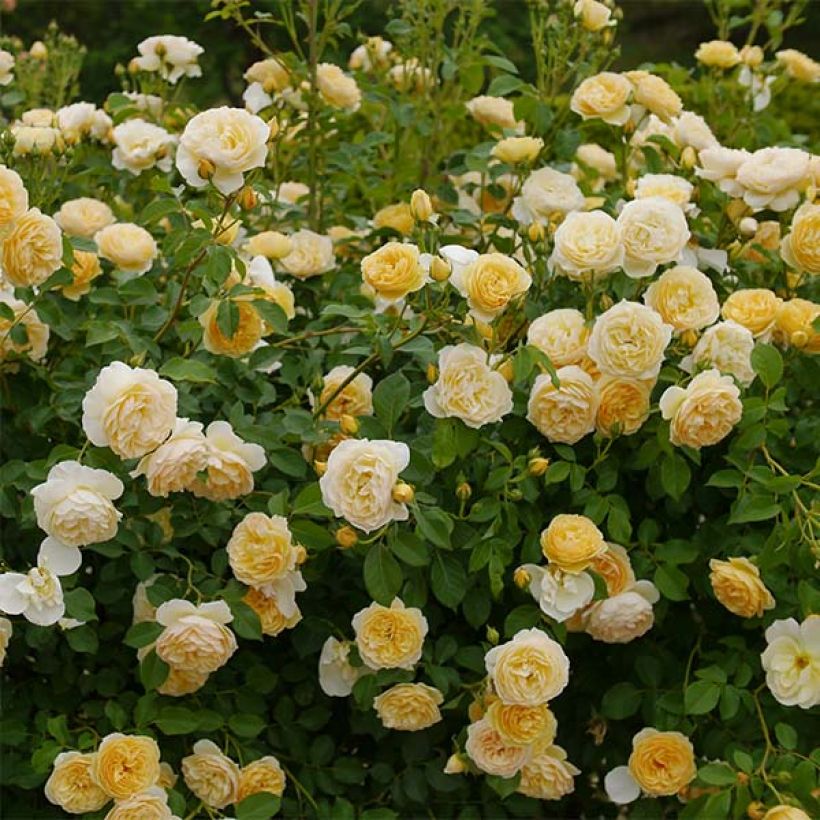

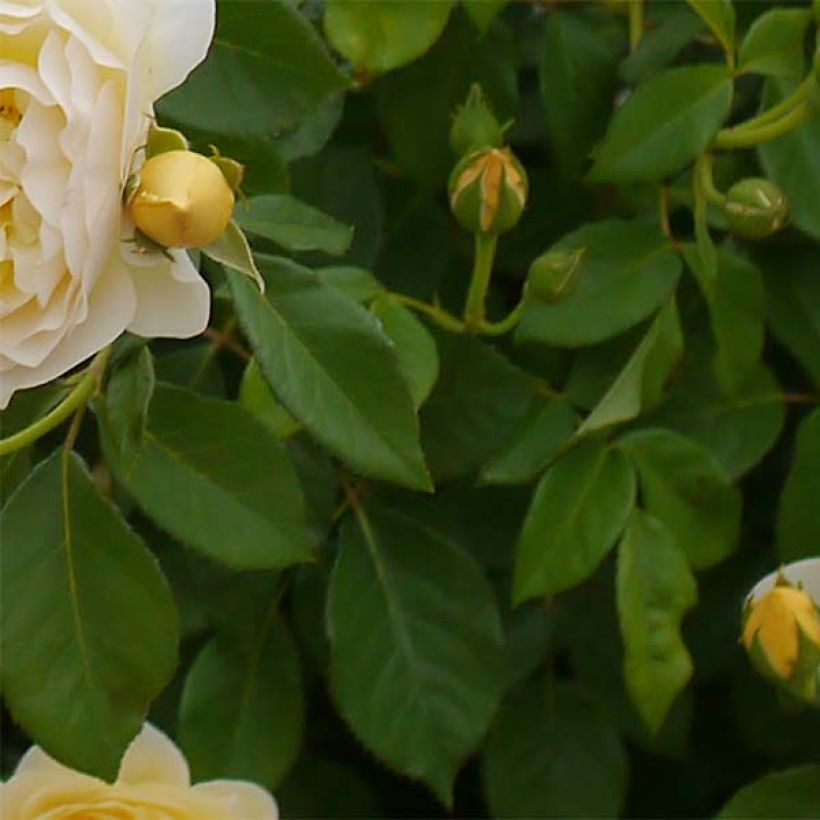

Plant habit
Flowering
Foliage
Botanical data
Rosa
Graham Thomas 'Ausmas'
Rosaceae
Rose
Cultivar or hybrid
Other David Austin Roses
Planting and care
Like practically all roses, Graham Thomas prefers a sunny location (at least 4 to 5 hours of sunshine per day) but sheltered from the scorching midday rays and strong winds. Roses appreciate loose, permeable soil that is rich in humus. They prefer slightly acidic soil but will adapt to any garden as long as the soil is well worked and sufficiently rich. To plant your rose in a pot, prepare the soil to a depth of 25 cm (10in) by crumbling the soil and placing a bottom dressing such as bonemeal at the bottom of the planting hole. Position your plant, freed from its pot, and cover the top of the root ball with 3 cm (1in) of soil. Fill in the hole and water generously to eliminate air pockets. During dry weather, it is necessary to water regularly for a few weeks to facilitate root growth. Also, remember to provide your rose with special rose fertiliser that stimulates plant flowering.
Roses are often spotted or unsightly at the end of summer, but this is not a problem for their development. These spots are not harmful to the rose, it is a natural phenomenon.
Planting period
Intended location
Care
-
, onOrder confirmed
Reply from on Promesse de fleurs
Fragrant Roses
Haven't found what you were looking for?
Hardiness is the lowest winter temperature a plant can endure without suffering serious damage or even dying. However, hardiness is affected by location (a sheltered area, such as a patio), protection (winter cover) and soil type (hardiness is improved by well-drained soil).

Photo Sharing Terms & Conditions
In order to encourage gardeners to interact and share their experiences, Promesse de fleurs offers various media enabling content to be uploaded onto its Site - in particular via the ‘Photo sharing’ module.
The User agrees to refrain from:
- Posting any content that is illegal, prejudicial, insulting, racist, inciteful to hatred, revisionist, contrary to public decency, that infringes on privacy or on the privacy rights of third parties, in particular the publicity rights of persons and goods, intellectual property rights, or the right to privacy.
- Submitting content on behalf of a third party;
- Impersonate the identity of a third party and/or publish any personal information about a third party;
In general, the User undertakes to refrain from any unethical behaviour.
All Content (in particular text, comments, files, images, photos, videos, creative works, etc.), which may be subject to property or intellectual property rights, image or other private rights, shall remain the property of the User, subject to the limited rights granted by the terms of the licence granted by Promesse de fleurs as stated below. Users are at liberty to publish or not to publish such Content on the Site, notably via the ‘Photo Sharing’ facility, and accept that this Content shall be made public and freely accessible, notably on the Internet.
Users further acknowledge, undertake to have ,and guarantee that they hold all necessary rights and permissions to publish such material on the Site, in particular with regard to the legislation in force pertaining to any privacy, property, intellectual property, image, or contractual rights, or rights of any other nature. By publishing such Content on the Site, Users acknowledge accepting full liability as publishers of the Content within the meaning of the law, and grant Promesse de fleurs, free of charge, an inclusive, worldwide licence for the said Content for the entire duration of its publication, including all reproduction, representation, up/downloading, displaying, performing, transmission, and storage rights.
Users also grant permission for their name to be linked to the Content and accept that this link may not always be made available.
By engaging in posting material, Users consent to their Content becoming automatically accessible on the Internet, in particular on other sites and/or blogs and/or web pages of the Promesse de fleurs site, including in particular social pages and the Promesse de fleurs catalogue.
Users may secure the removal of entrusted content free of charge by issuing a simple request via our contact form.
The flowering period indicated on our website applies to countries and regions located in USDA zone 8 (France, the United Kingdom, Ireland, the Netherlands, etc.)
It will vary according to where you live:
- In zones 9 to 10 (Italy, Spain, Greece, etc.), flowering will occur about 2 to 4 weeks earlier.
- In zones 6 to 7 (Germany, Poland, Slovenia, and lower mountainous regions), flowering will be delayed by 2 to 3 weeks.
- In zone 5 (Central Europe, Scandinavia), blooming will be delayed by 3 to 5 weeks.
In temperate climates, pruning of spring-flowering shrubs (forsythia, spireas, etc.) should be done just after flowering.
Pruning of summer-flowering shrubs (Indian Lilac, Perovskia, etc.) can be done in winter or spring.
In cold regions as well as with frost-sensitive plants, avoid pruning too early when severe frosts may still occur.
The planting period indicated on our website applies to countries and regions located in USDA zone 8 (France, United Kingdom, Ireland, Netherlands).
It will vary according to where you live:
- In Mediterranean zones (Marseille, Madrid, Milan, etc.), autumn and winter are the best planting periods.
- In continental zones (Strasbourg, Munich, Vienna, etc.), delay planting by 2 to 3 weeks in spring and bring it forward by 2 to 4 weeks in autumn.
- In mountainous regions (the Alps, Pyrenees, Carpathians, etc.), it is best to plant in late spring (May-June) or late summer (August-September).
The harvesting period indicated on our website applies to countries and regions in USDA zone 8 (France, England, Ireland, the Netherlands).
In colder areas (Scandinavia, Poland, Austria...) fruit and vegetable harvests are likely to be delayed by 3-4 weeks.
In warmer areas (Italy, Spain, Greece, etc.), harvesting will probably take place earlier, depending on weather conditions.
The sowing periods indicated on our website apply to countries and regions within USDA Zone 8 (France, UK, Ireland, Netherlands).
In colder areas (Scandinavia, Poland, Austria...), delay any outdoor sowing by 3-4 weeks, or sow under glass.
In warmer climes (Italy, Spain, Greece, etc.), bring outdoor sowing forward by a few weeks.

































